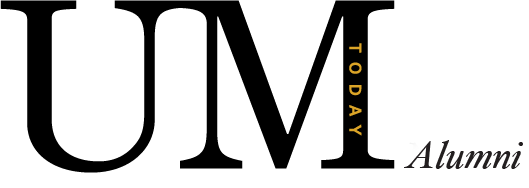Op-Ed: We can do it: WW II offers lessons for COVID-19 vaccine planning
The following Opinion piece was published on December 18, 2020, on CBC by Madhav Sinha [PhD/74], president of the Canadian Society for Quality. He is a professional engineer and author, co-author and editor of 10 books, 11 special issues of journals and over 40 research papers on various topics related to innovation and quality management.
Distributing and getting COVID-19 vaccines into the arms of millions of people, error-free, the first time and every time — and hopefully within a limited time period — is going to be a herculean task and perhaps the largest single undertaking of its kind in human history.
The good news is that vaccines are going to be available soon, but we need a plan. There is an urgent need for each city in every state, province, country or, for that matter, all countries to have a plan.
The enemy is the same (the coronavirus). So the next million-dollar question is whether it’s possible to have only one plan similar in outline that can serve to attain a happy ending for each and every country and the entire world, leading to the end goal of the project: declaring a country (and the world) COVID-19-free.
Yes, we need a plan. A plan, however, is not a plan until it is written down on paper and distributed to all stakeholders.
The military mobilization of the Second World War years shows us how the U.S., Canada and allied nations worked together and found the way to produce millions of items for fighter jet repair parts and military equipment replacements that needed just-in-time delivery and to work without fail, time after time.
Eureka moments came to our many scientists and engineers and led to the historic development of subjects like quality control, quality assurance and total quality management. The goal was to reduce and eliminate defects from all work processes and every delivery system, with one focus only: customer satisfaction and better quality of life.
The team of planners and administrators for the COVID-19 vaccination program can achieve a great deal from the body of knowledge produced during the war years, and expanded on during the following 75 years. The quality management body of knowledge has continued to grow and its theories and practices have become recognized as the gold standard for bringing about improvement and innovation.
The plan for the vaccination project needs to be written and arranged similarly to the quality assurance manual of a multinational corporation.
It must describe everything from A to Z, starting with safety, to the procurement of vaccines, to handling the steps in the entire supply chain, to administrative responsibilities, procedures, staff and volunteer training, applicable regulations details, mandatory requirements, flow charts, procedure sheets, work instructions with symbols, inspection hold points, special addenda for concerned jurisdictional authorities and so on.
A dry run to check and double-check the new system will be needed, along with provision for a quality audit, both during and after the crisis.
The coronavirus pandemic has shone a bright spotlight on how important it is to have a systematic, time-tested, robust quality improvement-based system embedded in our entire health-care operation.
Quality assurance management must be the rubric under which the vision and mission of every nation’s corona vaccination project is re-examined.
It will take time and require resources and political willpower.
Time is running out. It must be done.






